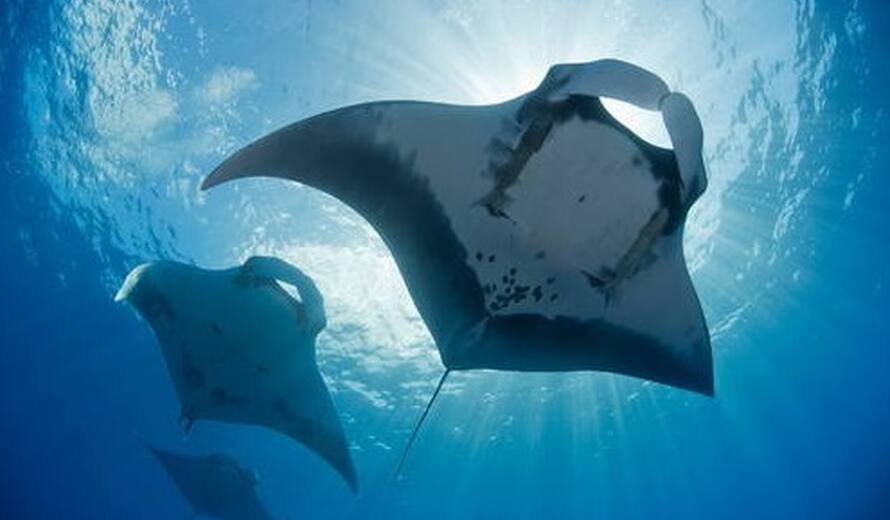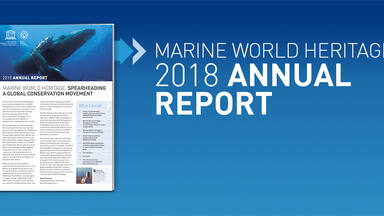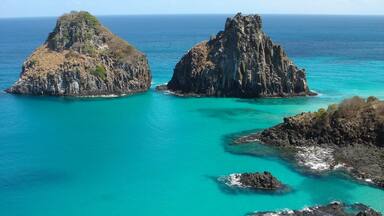Annual Newsletter 2017 - Reflecting on a year of highs and lows
Last year was one of extremes for marine World Heritage. We broke new ground with our High Seas report that identifies a path forward for World Heritage protection in this final ocean frontier. The World Heritage Centre’s Marine Programme expanded the network to include two new sites—Archipiélago de Revillagigedo (Mexico) and Sanganeb Marine National Park and Dungonab Bay – Mukkawar Island Marine National Park (Sudan)—and grew the alliance working to support effective conservation of these wonders of the sea with a successful conference on board Lindblad Expeditions' National Geographic Endeavor in the Galápagos Islands that reunited all 49 marine sites on UNESCO’s World Heritage List. But, even as we are extending the reach of marine World Heritage and increasing its conservation capacity through strategic alliances, the scope and significance of the challenges before us have never been greater.
Last year brought the worst coral bleaching event in recorded history, with a strong El Niño compounding the effects of climate change. Phoenix Islands Protected Area and Komodo National Park saw some of the highest temperatures on record, Natural System of Wrangel Island Reserve saw ice disappear at unprecedented speed and our most outstanding coral reef systems like Aldabra Atoll and the Great Barrier Reef are still suffering.
Climate change is a core priority for the World Heritage Marine Programme. Working across 37 different countries gives a seabird’s eye view of current impacts and of mitigation and adaptation strategies that work.
The World Heritage Marine Programme is working to build resilience and adaptation capacity locally, but the climate challenge requires global action. Effective implementation of the Paris Agreement is essential. The Agreement came into force last November. Countries are now obliged to take action to achieve the temperature goals enshrined in the Agreement – keeping the average global temperature rise from pre-industrial times below 2 degrees centigrade and pursuing efforts to limit it to 1.5 degrees – and to meet the national emissions-cutting pledges made in Paris.
Apart from climate, the World Heritage Centre’s Marine Programme is also fighting development pressure, securing protections against ship accidents, reducing pollution, and managing fishing pressure. Last year saw some important progress on these fronts, including a visionary integrated management plan in the Danger-Listed Belize Barrier Reef Reserve System, “in principle” approval from the International Maritime Organization (IMO) for better protection for maritime pollution for Tubbataha Reefs Natural Park, and stronger cooperation between Glacier Bay National Park and the West Norwegian Fjords – Geirangerfjord and Nærøyfjord that is setting new standards for sustainable cruise ship operations.
With a network that encompasses 49 sites in 37 countries and covers about 10% by surface area of all the world’s marine protected areas, the conservation of World Heritage marine sites requires resources and expertise from all corners of the world. In the past year, we have nearly doubled our alliance of partners that are bringing vital skills and support to the World Heritage Marine Programme and individual sites. World Heritage marine sites are pioneering solutions to today’s most pressing problems, and government, non-profit and corporate partners recognize that investing in their success can catalyze more effective conservation across the ocean.




